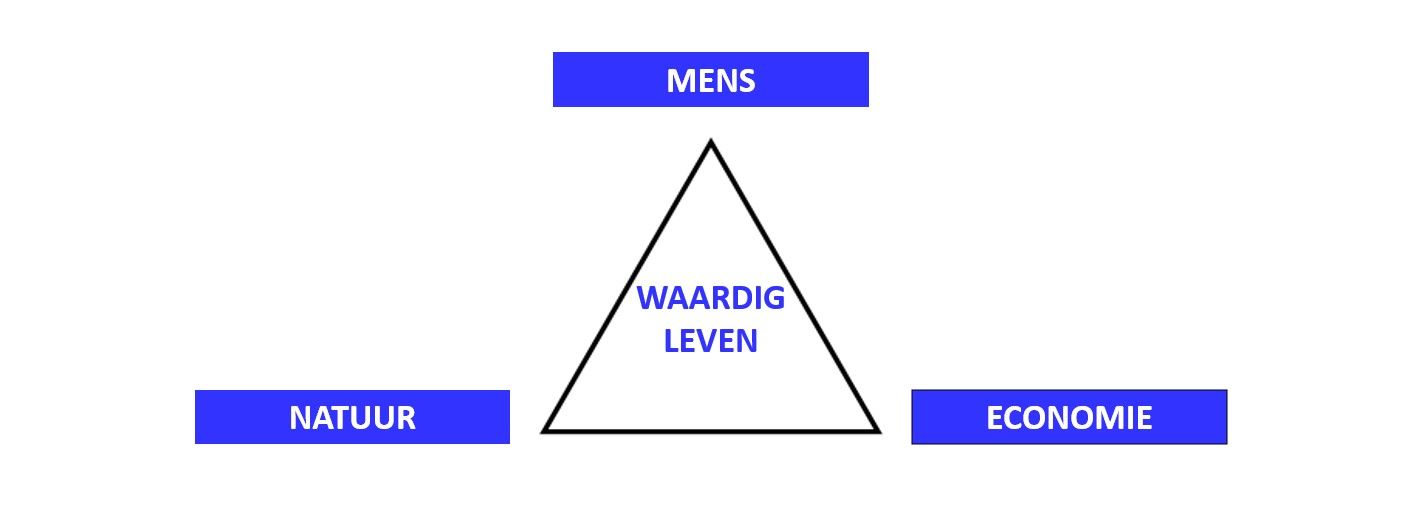Dioxins levels in fertilizers from Belgium: Determination and Evaluation of the Potential Impact on Soil Contamination
Dioxins are harmful persistent organic pollutants (POPs) to which humans are exposed mostly via the consumption of animal products. They can enter the food chain at any stage, including crop fertilization. Fertilizers belong to several categories: synthetic chemicals providing the essential elements (mostly N, P and K) that are required by the crops but also organic fertilizers or amendments, liming materials, etc. Ninety-seven samples of fertilizers were taken in Belgium during the year 2011 and analyzed after a soft extraction procedure for polychlorinated dibenzo-p-dioxins (PCDDs), polychlorinated dibenzofurans (PCDFs) and dioxin-like polychlorinated biphenyls (DL-PCBs) using GC-IDHRMS. Only small qualitative differences could be observed between the main fertilizer categories since the PCDD:PCDF:DL-PCB average ratio obtained with the results expressed in TEQ was often close to 30:30:40 (typically for sewage sludge) or 40:30:30 (typically for compost). The median dioxin levels determined were generally lower than recorded previously and were the highest for sewage sludge and compost (5.6 and 5.5 ng TEQ/kg dry weight (dw), respectively). The levels in other fertilizers were lower including manure for which the median value was only 0.2 ng TEQ/kg dw. Several fertilization scenarios relying on the use of those fertilizers were assessed taking into consideration the application conditions prevailing in Belgium. From this assessment it could be concluded that the contribution of fertilizers to the overall soil contamination will be low by comparison of other sources of contamination such as atmospheric depositions. At the field scale, intensive use of compost and sewage sludge will increase dramatically the dioxin inputs compared with other fertilization practices but this kind of emission to the soil will still be relatively low compared to the dioxin atmospheric depositions.
